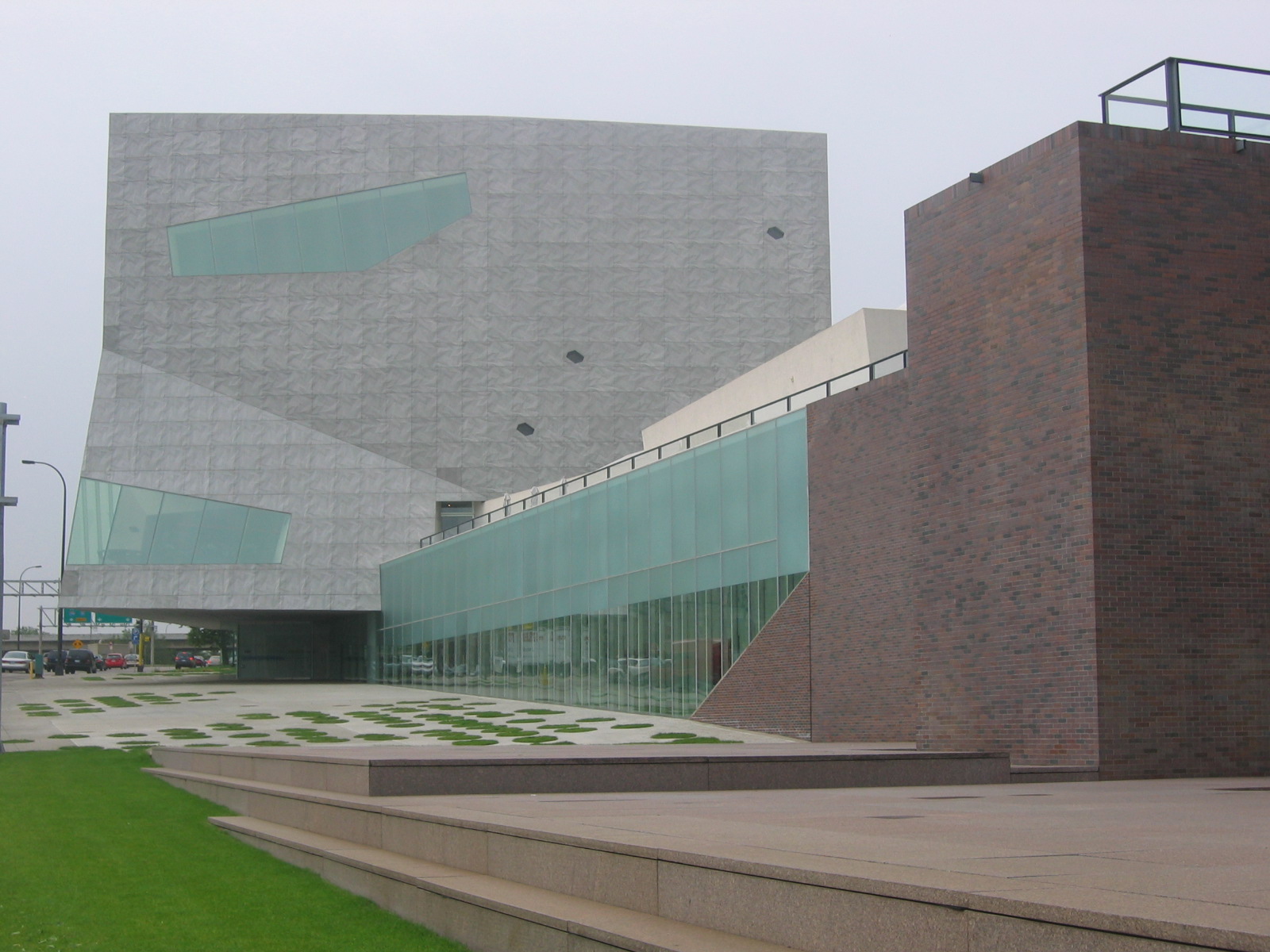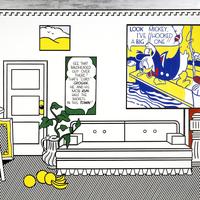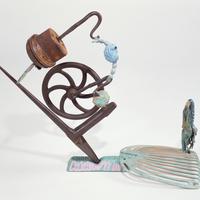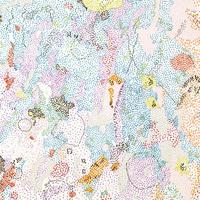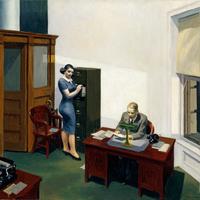More about Walker Art Center
Works at Walker Art Center

Contributor
The Walker Art Center in Minneapolis has it all.
Nineteen acres of land housing a performance art theater, cinema, stunning urban-centric vistas and dining spaces, not to mention the fabulous galleries and sculpture garden that represent works by some of the most influential contemporary and modern artists of the day. Walking through the 75th Anniversary show of the Walker brings visitors face to face with early works by the likes of Chuck Close, Frank Stella, and the Guerrilla Girls and that doesn't even begin to cover the visiting shows that grace the Walker. When the Walker Art Center was “born” in 1939 by a proposal from the Works Progress Administration, it was decided that the Walker would champion new, contemporary art production as well as preserve important historical artifacts for the art world, allowing it to amass its amazing collection.
If that initial list of attractions and artists doesn’t pique your interest, the architecture surely will stop you in your tracks. As a visitor meanders toward the Walker, what appears to be a giant, crinkly, aluminum robot head emerges from the beautiful, and rather museum-traditional, brick structures. In reality, the crumpled look of the external facade is meant to appear like crinkled paper or the fractured surface of a frozen lake, and less like an angry robot but a lively imagination is essential to partake in contemporary art. This “robot head” was designed by Herzog & de Meuron - may sound familiar since they’re all about museum designing, such as the de Young. This most recent renovation, completed in 2005, separated the Walker from other contemporary art institutions by truly turning it into a “center” of art rather than a museum. Besides being awesome, the glazed glass windows - which obviously make up the eyes and mouth of our robot - allow museum goers to directly interact and watch their urban surroundings while sitting in the “town square” model spaces envisioned during the expansion to create more public room for people to be inspired by and engage with contemporary art and each other’s ideas, becoming both participants and spectators. Rather than being exclusively focused on housing the amazing collection at its fingertips, the Walker aims to enhance and curate moments of urban living within the walls of its architecture.
Let’s not forget that immense sculpture garden, currently undergoing another renovation to increase the public space it provides, while also expanding its collection. Yet another expansion is amazing considering the Minneapolis Sculpture Garden is already one of the largest urban sculpture parks in the United States. While Claes Oldenburg’s Spoonbridge and Cherry remains on view - and a symbol of the Twin Cities, this renovation will further enhance the Walker’s image as a full urban art center.
The entire goal of the Walker Art Center and its sculpture garden - which is free to the public - is to connect the museum experience with the urban flow of Minneapolis. Along with the large windows and gathering spaces, Siah Armajani’s Irene Hixon Whitney Bridge helps to further this goal. This 375-foot long footbridge made out of steel and wood gives visitors from the Walker, and city goers, a true immersion into the flow of city life. Spanning 16 lanes of traffic, this bridge connects the Sculpture Garden to Loring Park and allows for a leisurely stroll that quite literally gazes upon the flow of the city, brake lights and headlights marking time and creating the visual art of urban life.
Sources
- "Mission & History." Walker Art Center. N.d. Web. 28 Dec. 2016. .
- “Building & Campus." Walker Art Center. N.d. Web. 28 Dec. 2016. .
- “175 Walker Art Center, Expansion.” Herzog & de Meuron. N.d. Web. 29 Jan. 2017.
Featured Content
Here is what Wikipedia says about Walker Art Center
The Walker Art Center is a multidisciplinary contemporary art center in the Lowry Hill neighborhood of Minneapolis, Minnesota, United States. The Walker is one of the most-visited modern and contemporary art museums in the U.S.: together with the adjacent Minneapolis Sculpture Garden and Cowles Conservatory, it has an annual attendance of around 700,000 visitors. The museum's permanent collection includes over 13,000 modern and contemporary art pieces, including books, costumes, drawings, media works, paintings, photography, prints, and sculpture.
The Walker Art Center began in 1879 as an art gallery in the home of lumber baron Thomas Barlow Walker. Walker formally established his collection as the Walker Art Gallery in 1927. With the support of the Federal Art Project of the Works Progress Administration, the Walker Art Gallery became the Walker Art Center in January 1940. The Walker celebrated its 75th anniversary as a public art center in 2015.
The Walker's new building, designed by Edward Larrabee Barnes and opened in 1971, saw a major expansion in 2005. Swiss architects Herzog & de Meuron's addition included an additional gallery space, a theater, restaurant, shop, and a special events space.
Check out the full Wikipedia article about Walker Art Center

